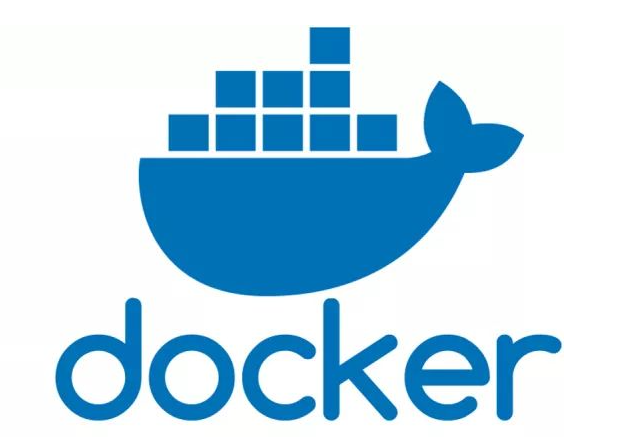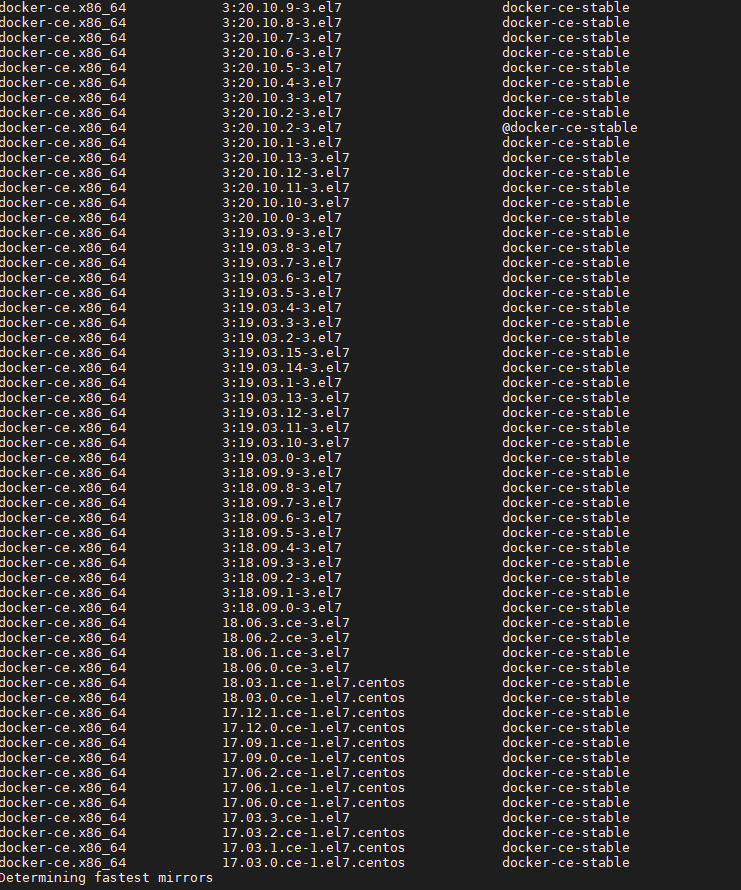测试开发技术网站
博客
设计
设计
开发
Python
测试
unittest
运维
Linux基础应用
CI/CD
CI/CD
数据库
数据库
云计算
云计算
云原生
云原生
爬虫
爬虫
数据分析
数据分析
人工智能
人工智能
登录
注册
Docker----基于CentOS系统安装Docker
收藏本文
作者:redrose2100 类别: 日期:2022-09-22 08:03:29 阅读:1667 次 消耗积分:0 分
 [TOC] # 1 卸载旧版本 ```bash sudo yum remove docker \ docker-client \ docker-client-latest \ docker-common \ docker-latest \ docker-latest-logrotate \ docker-logrotate \ docker-engine ``` # 2 安装依赖 ```bash sudo yum install -y yum-utils ``` # 3 配置repo源 ```bash sudo yum-config-manager \ --add-repo \ https://download.docker.com/linux/centos/docker-ce.repo ``` # 4 安装docker engine ## 4.1 安装最新版docker engine ```bash sudo yum install -y docker-ce docker-ce-cli containerd.io docker-compose-plugin ``` ## 4.2 安装指定版本的docker engine 首先查看可以安装的版本 ```bash yum list docker-ce --showduplicates | sort -r ``` 比如执行结果如下:  比如安装 18.06.3.ce-3.el7 版本,则执行命令如下 ```bash sudo yum install docker-ce-18.06.3.ce-3.el7 docker-ce-cli-18.06.3.ce-3.el7 containerd.io docker-compose-plugin ``` # 5 启动docker并设置开机自启动 ```bash sudo systemctl start docker sudo systemctl enable docker ``` # 6 使用 hello-world 镜像验证安装结果 ```bash sudo docker run hello-world ``` 执行结果如下,表示docker已经安装成功 ```bash [root@osssc-dev-01 ~]# sudo docker run hello-world Unable to find image 'hello-world:latest' locally latest: Pulling from library/hello-world 2db29710123e: Pull complete Digest: sha256:2498fce14358aa50ead0cc6c19990fc6ff866ce72aeb5546e1d59caac3d0d60f Status: Downloaded newer image for hello-world:latest Hello from Docker! This message shows that your installation appears to be working correctly. To generate this message, Docker took the following steps: 1. The Docker client contacted the Docker daemon. 2. The Docker daemon pulled the "hello-world" image from the Docker Hub. (amd64) 3. The Docker daemon created a new container from that image which runs the executable that produces the output you are currently reading. 4. The Docker daemon streamed that output to the Docker client, which sent it to your terminal. To try something more ambitious, you can run an Ubuntu container with: $ docker run -it ubuntu bash Share images, automate workflows, and more with a free Docker ID: https://hub.docker.com/ For more examples and ideas, visit: https://docs.docker.com/get-started/ [root@osssc-dev-01 ~]# ```
始终坚持开源开放共享精神,同时感谢您的充电鼓励和支持!
版权所有,转载本站文章请注明出处:redrose2100, http://blog.redrose2100.com/article/380
上一篇:
Docker----Docker架构简介
下一篇:
uuid----使用Python生成独一无二的字符串
搜索
个人成就
出版书籍
《Pytest企业级应用实战》
测试开发技术全栈公众号
测试开发技术全栈公众号
DevOps技术交流微信群
加微信邀请进群
常用网站链接
开源软件洞察
云原生技术栈全景图
Python语言官方文档
Golang官方文档
Docker官方文档
Jenkins中文用户手册
Scrapy官方文档
VUE官方文档
Harbor官方文档
openQA官方文档
云原生开源社区
开源中国
Kubernetes中文文档
Markdown语法官方教程
Kubernetes中文社区
Kubersphere官方文档
BootStrap中文网站
JavaScript中文网
NumPy官方文档
Pandas官方文档
GitLink确实开源网站
数据库排名网站
编程语言排名网站
SEO综合查询网站
数学加减法练习自动生成网站
Kickstart Generator
文章分类
最新文章
最多阅读
特别推荐
×
Close
登录
注册
找回密码
登录邮箱:
登录密码:
图片验证码:
注册邮箱:
注册密码:
邮箱验证码:
发送邮件
注册邮箱:
新的密码:
邮箱验证码:
发送邮件